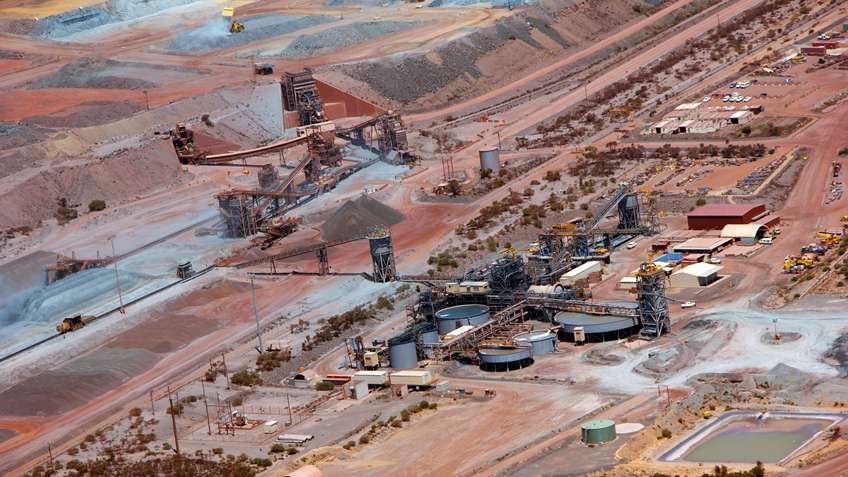A connected or “smart” mining operation harnesses the power of your own information to help you get more from your operations. It also can help you address other pressing business needs, from protecting worker safety and meeting regulatory requirements to meeting future supply chain demands.
Some of the world's largest mining companies are already connecting their operations and using their information in new ways to create what's known as the connected mine.
The result? Virtually unlimited potential for operational improvement and business transformation.
For example, companies are capturing real-time process information to make better business decisions everywhere from the pit to the supply chain. They're using remote access to monitor and run processes for dispersed operations from a central location. They're using RFID and wireless technology to help keep track of workers who are underground or on a large mine site.
To get a better sense of what's possible in your operations, let's look at one key aspect of a connected mine: operational intelligence.
Putting Information to Work
Controllers, smart devices and software in a connected mine can give you access to thousands of points of process and machine data that, until now, have been inaccessible.
Analytics software can then contextualize this data into information before it is shared with the relevant workers. Operators, for example, can track KPIs while quality managers can review ore grade and executives can compare operations to commodity prices.
These unprecedented insights can directly support your goals for improving efficiencies and increasing productivity.
For example, throughput sensors can monitor feed and processing rates, flow, viscosity, and other variables to help improve asset performance. And equipment sensors can monitor vibration, wear and heat to help identify equipment-performance issues before they become costly unplanned failures.
What's more, real-time data from your operations can be fed into reporting and information models to create leading indicators that can help predict production outcomes, chokepoints and equipment failures.
Operational intelligence also can have business benefits in areas beyond optimizing operations.
One of those areas is regulatory recording keeping. Control systems can help you predict recoveries, calculate the amount of mineral produced and generate data, which is then delivered to compliance personnel in real-time. This can help ensure the latest and most accurate information available is provided to regulatory agencies.
Another area is energy management. A connected mine can collect data from your equipment and other points to generate more accurate energy reporting and forecasting. This information can be used to identify leading causes of energy inefficiency, and to optimize asset utilization and energy efficiency without impacting outputs.
BESTECH, a leading provider of system automation for Canada's mining industry, developed a ventilation-on-demand (VOD) system for mining giant Vale. The VOD system uses variable frequency drives that precisely regulate motor speed and maintain torque levels to match the needs of the load, while also using a “soft-start” capability to reduce mechanical stress on the motors.
Implemented at Vale's Coleman Mine in Ontario, the VOD system contributes to an estimated $400,000 in energy cost savings per year, with initial connection to only 16 auxiliary fans.
Get the Data Out
A connected mine doesn't require a complete overhaul of your current infrastructure. Much of the data is already available in your systems – it simply needs to be accessed, analyzed and shared.
To learn more about implementing and getting the most from a connected mine, download our new white paper, “The Connected Mine.”


